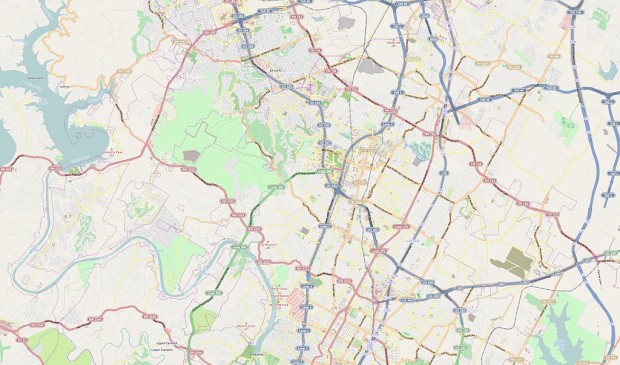Committee zeros in on affordable housing
Monday, October 5, 2015 by
Stephen Carlson Lack of affordable housing, an issue that continued to plague Austin during the boom times of the last decade, was the main focus at the last Housing and Community Development Committee meeting.
The city of Austin’s Neighborhood Housing and Community Development Department said the city needs a minimum of 48,000 affordable housing units and that the existing goal of building 3,500 units a year may be wholly inadequate.
“It’s like a drop in the bucket compared to what we really need,” said City Council Member Ann Kitchen, vice chair of the committee.
NHCD Director Betsy Spencer said it was more complicated than a simple shortage of affordable housing. “There are many people living (in those units) who could pay more, but they’re not – we can’t make people move to free those up. There is a fair amount of housing stock at that price point that is filled up with, number one, people who are paying too much, they are cost-burdened, or number two, they could afford to pay more, but they’re not.”
“The other thing to keep in mind with the 48,000-unit goal is that it will continue to increase,” said Jonathan Tomko, senior planner for the city of Austin. “It may not be realistic to expect that we will ever close that gap. It’s really important that we stick with costs and goals that we feel are realistic and attainable.”
In response, Kitchen said, “Maybe our goals are too low. … I want to start the conversation about not what we can do, but what we need to do.”
Spencer replied, “These are still relatively ambitious goals. … If we were to get one out of every three units produced in the city as affordable, that would be huge.”
Rental prices across the city continue to climb, exacerbating a problem that is already hurting low and middle-income families across the city. Berkadia Commercial Mortgage estimates the increase in average rents to be 4.5% this year.
Much of that increase is driven by Austin’s rapid growth, second in the nation only to Charlotte, North Carolina. From 2000 to 2014, Austin has grown from roughly 650,000 residents to more than 900,000.
The NHCD’s 2014 Housing Market Study highlights two sides of this issue. The poverty rate has risen for all age groups except seniors, and the child poverty rate has nearly doubled from 17 percent in 2000 to 30 percent in 2012.
These poverty-rate increases have been recently countered with strong growth in high-income renters, defined as earning more than $75,000 a year. From 2007 to 2012, the population of high-income renters grew by more than 15,000, while low-income renters who earned less than $25,000 a year grew by only 1,000.
Along with simple numbers, a serious issue with affordable housing is how it links up to transit lines and how close it is to “high-opportunity areas” for jobs, along with proximity to essential services such as grocery stores and hospitals.
“What’s interesting is how the conversation keeps coming up about the difficulty of using our mass transit system. … There was a person who lives in the far Northwest, in District 10, who described to me how they had to go all the way downtown in order to go back up to the Northeast for work,” said Mandy De Mayo, executive director of local nonprofit HousingWorks.
The committee is not expected to meet again until Nov. 18, and affordable housing and mass transit are expected to remain the key issues for Council to address.
You're a community leader
And we’re honored you look to us for serious, in-depth news. You know a strong community needs local and dedicated watchdog reporting. We’re here for you and that won’t change. Now will you take the powerful next step and support our nonprofit news organization?








